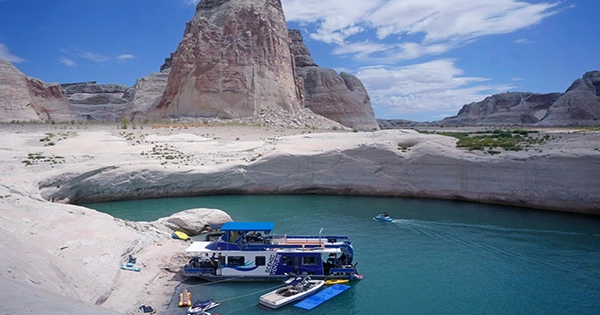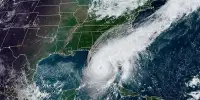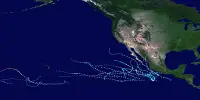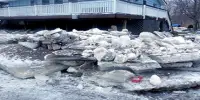Journalists covering the Colorado River’s state and future increasingly adopting the term “dead pool”, it sounds threatening. And it is. A dead pool happens when the water level in a reservoir falls to the point that it cans no longer flow downstream from the dam. Lake Powell, behind Glen Canyon Dam on the Utah-Arizona border, and Lake Mead, behind Boulder Canyon Dam on the Nevada-Arizona border, are the two most pressing problems. Millions of people in Nevada, Arizona, and California rely on these two massive reservoirs for drinking water, agriculture, and hydroelectricity.
According to certain media sources, a dead pool is when a dam no longer has enough water to create hydroelectricity. The term “minimum power pool elevation” is more correct. The first issue is attaining minimum power pool elevation, which has been a difficult for the Colorado River basin for 22 years. Turbines are located at the bases of the dams on Lakes Powell and Mead, considerably below the surface of the reservoirs. Water enters the reservoirs through intake towers and is routed through turbines, spinning them to create energy.
The hydraulic head — the amount of liquid pressure above a specific position – is used in this system. The more hydraulic head and power generated by the turbines in Lake Powell and Lake Mead, the higher the water level above them is. When a reservoir’s level falls below the minimum power pool elevation, the turbines lose their ability to generate electricity as they begin to take in air along with water, and they must be turned down before they are damaged. Before it dips to dead pool and water stops flowing from the dam, a reservoir that reaches this point generally has quite a bit of water left.
The United States Bureau of Reclamation has announced historic adjustments to its water control in Lake Mead and Lake Powell. To begin, the bureau will keep 480,000 acre-feet of water in Lake Powell that was supposed to flow down the Colorado River, past the Grand Canyon, and into Lake Mead for use by California, Nevada, and Arizona. 325,000 gallons equals one acre-foot. Second, near the Wyoming-Utah boundary, the agency will discharge an extra 500,000 acre-feet from Flaming Gorge Dam. Flaming Gorge’s water goes into the Green River and then into Lake Powell. On April 30, 2022, the water level in Lake Powell was 3,522 feet, barely 32 feet higher than the minimum power pool height of 3,490 feet. At 3,370 feet, the Dead Pool is 120 feet lower.
Because the levels in both lakes have decreased considerably quicker than anyone expected, the bureau responded quickly. Lake Mead has decreased 22 feet in the last year, while Lake Powell has lost 40 feet. Drought and climate change are both factors in this fast reduction. Another issue is that Glen and Boulder Canyons are V-shaped, similar to martini glasses, with broad rims and thin bottoms. Each foot of elevation stores less water when lake levels decrease. The priority right now is on obtaining enough water to maintain generating energy. However, unless California, Nevada, and Arizona drastically reduce their water usage, dead pools in Lake Powell and Lake Mead are a possibility.















